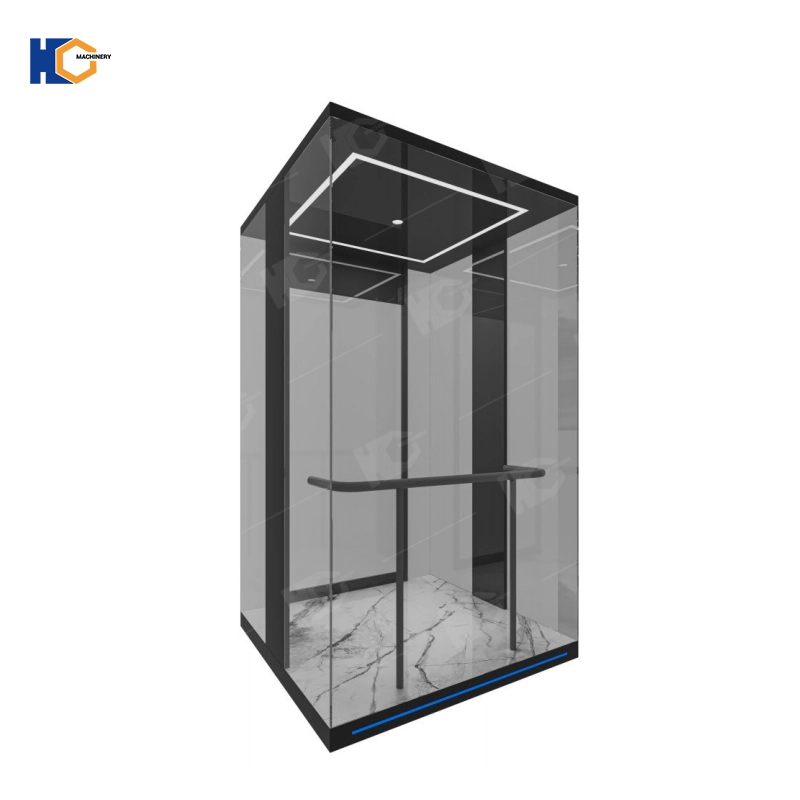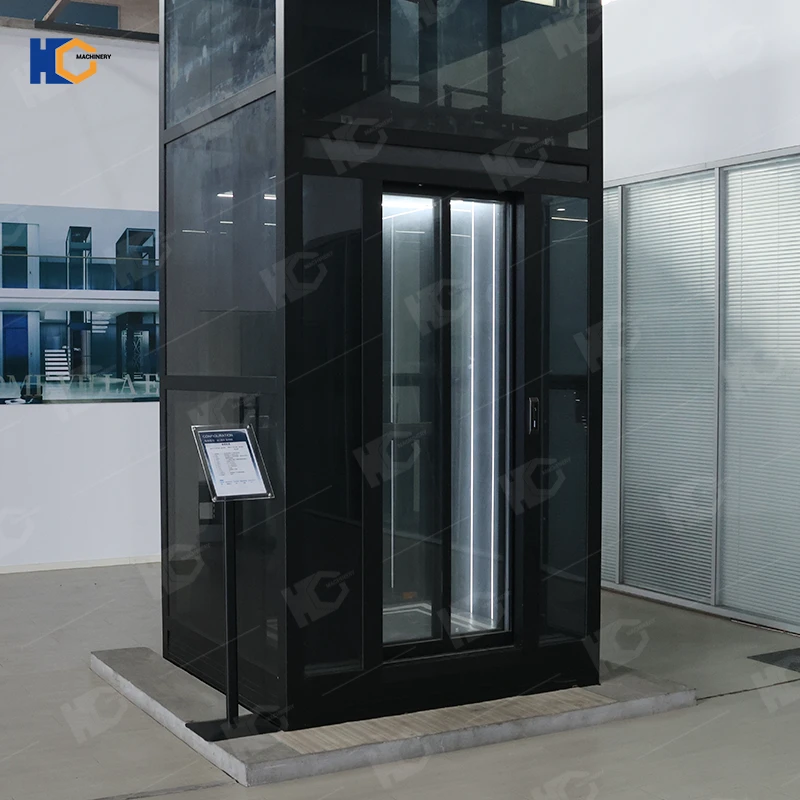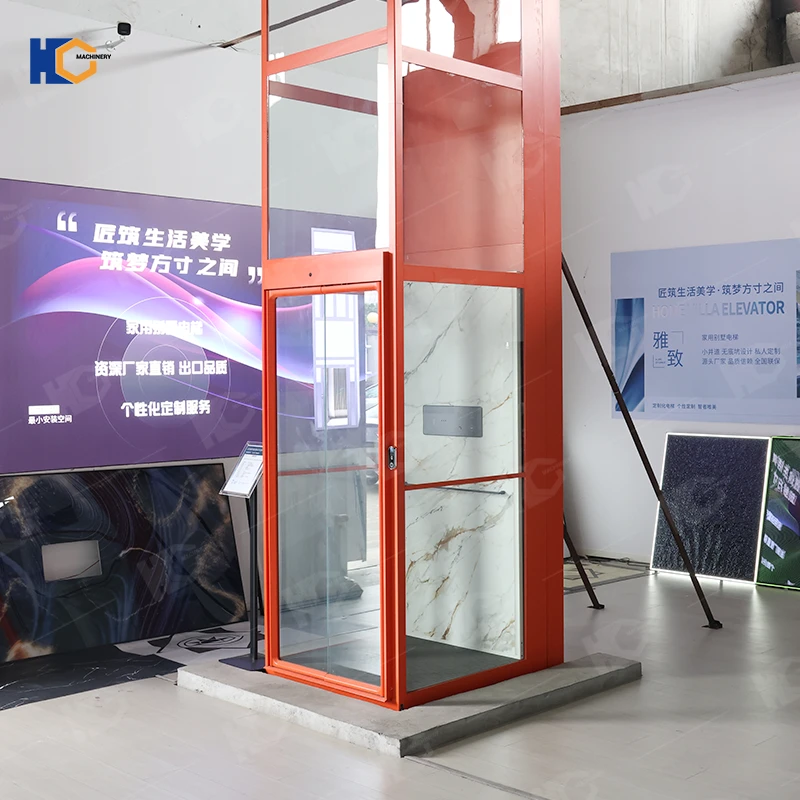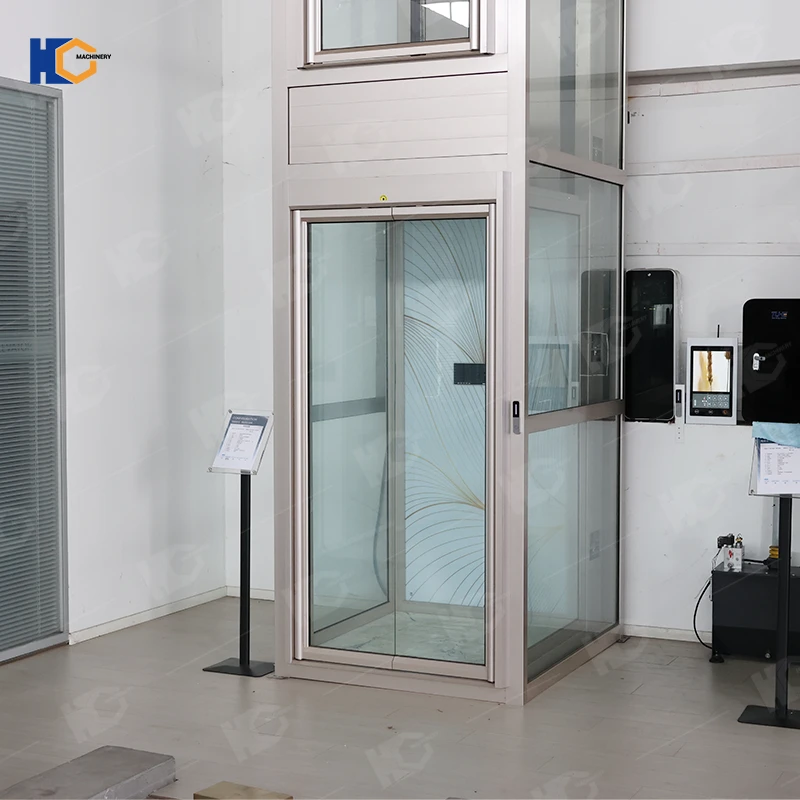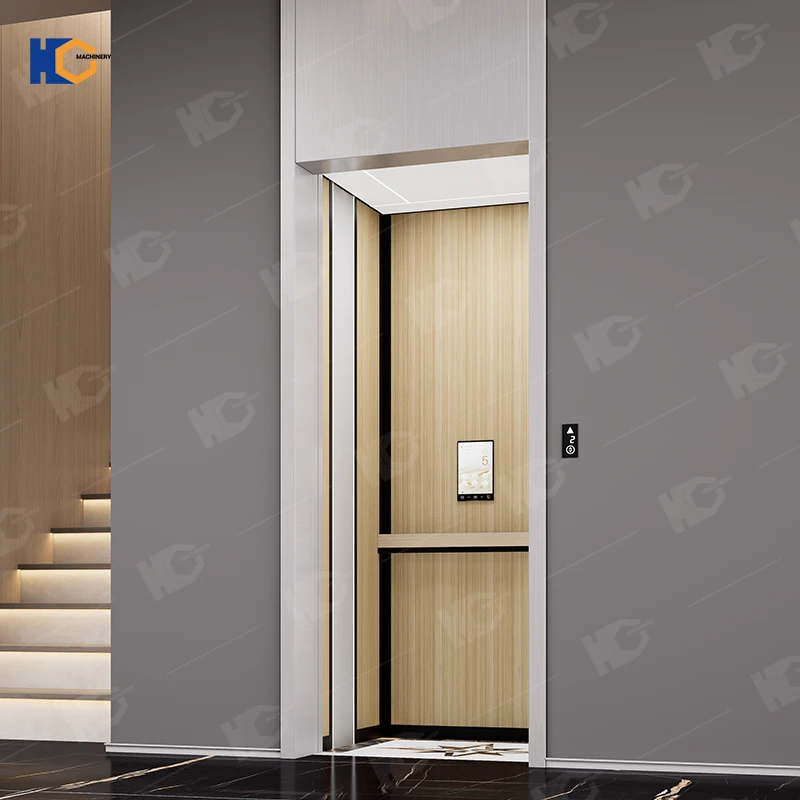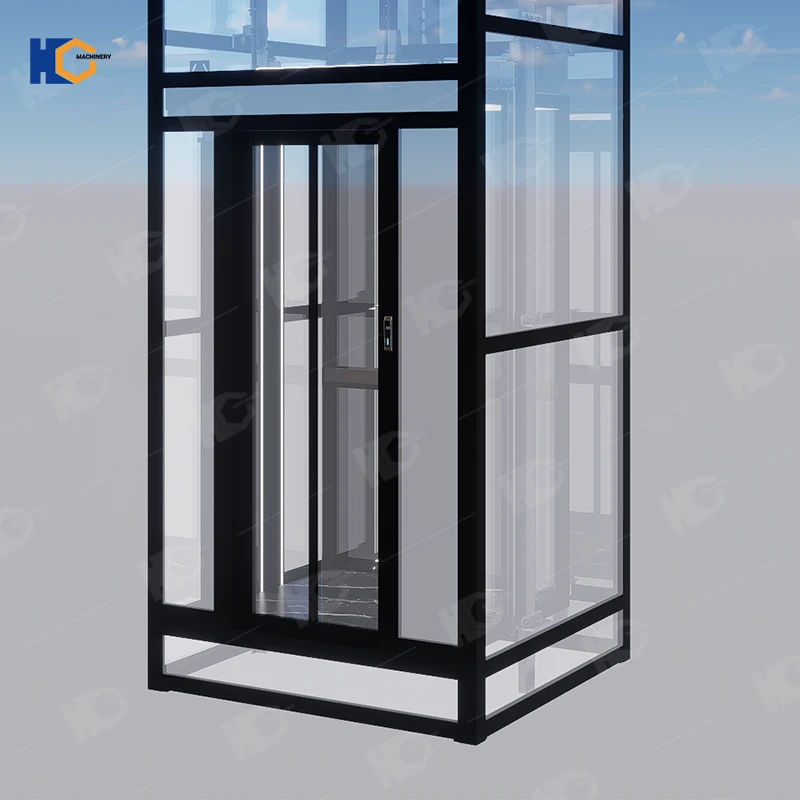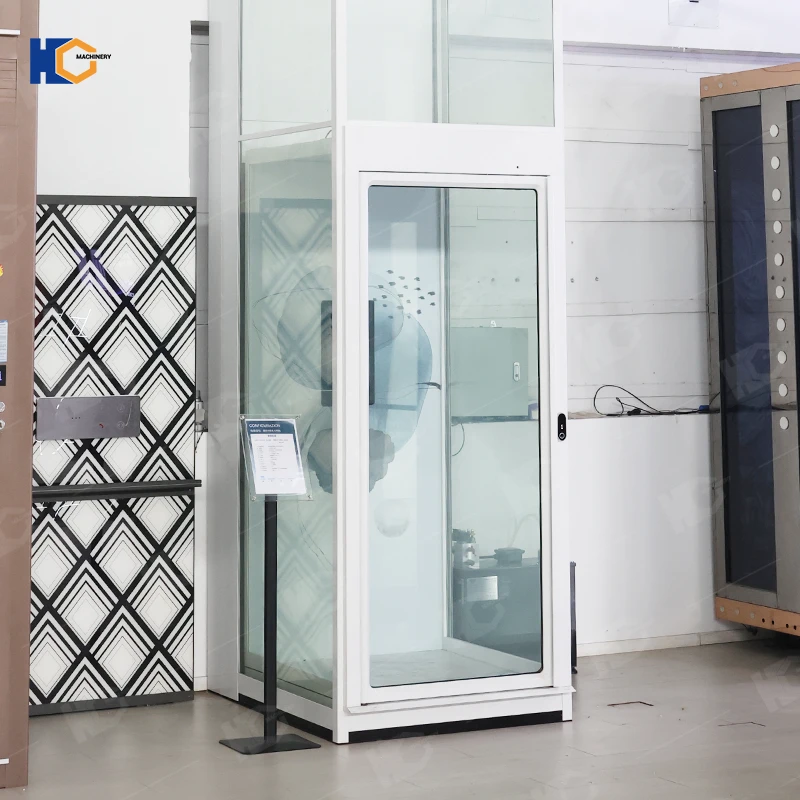Commercial elevators are lifelines for modern businesses, enabling efficient vertical transportation in high-rise buildings, malls, hotels, hospitals, and office complexes. In the Philippines, where urbanization is rapidly accelerating, the demand for reliable and cost-effective commercial elevators has surged. This article explores everything you need to know about commercial elevators, including specifications, pricing in Philippine pesos (PHP) and USD, factors influencing costs, and why sourcing from China offers unmatched advantages.
What is a Commercial Elevator?
A commercial elevator is a heavy-duty elevator designed for frequent use in public or business settings. Unlike residential elevators, these units prioritize durability, safety, and high capacity. Common types include:
Passenger Elevators: For general public use in buildings.
Freight Elevators: Built to transport heavy goods (e.g., machinery, cargo).
Service Elevators: Used for maintenance and staff access.
Observation Elevators: Feature glass walls for scenic views (common in hotels/malls).
Key Features:
High load capacity (typically 800 kg to 5,000 kg).
Speeds ranging from 0.5 m/s to 2.5 m/s.
Energy-efficient motors and smart controls.
783958.webp)
Specifications of Commercial Elevators
When selecting a commercial elevator, consider these technical parameters:
| Specification | Details |
|---|---|
| Load Capacity | 800 kg to 5,000 kg (adjustable based on building needs). |
| Speed | 0.5–2.5 m/s (faster speeds for high-rise buildings). |
| Floor Coverage | 2–50+ floors (depends on building height). |
| Power Supply | 3-phase AC (380V) or battery-powered (eco-friendly options). |
| Door Type | Single or double sliding doors with safety sensors. |
| Control System | PLC (Programmable Logic Controller) or IoT-enabled smart systems. |
Essential Components & Accessories
Modern commercial elevators come with critical components and optional upgrades:
Core Components
Motor & Drive System: Regulates speed and power consumption.
Hydraulic/Pneumatic System: For smooth lifting (hydraulic models are common for freight elevators).
Safety Devices:
Emergency stop buttons.
Overload sensors.
Door lock mechanisms.
Firefighter mode.
Optional Accessories
Touchscreen Control Panels: User-friendly interfaces with multilingual support.
Surveillance Cameras: Enhances security in malls and hotels.
LED Lighting: Energy-efficient illumination.
Remote Monitoring: IoT integration for real-time diagnostics.
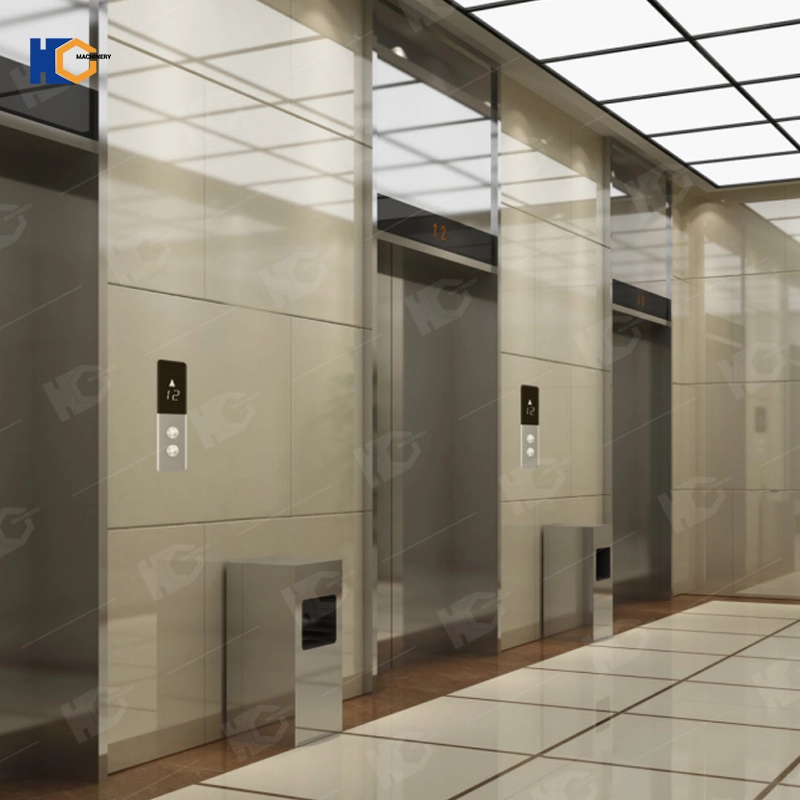
Commercial Elevator Prices in the Philippines
Prices vary based on type, capacity, and brand. Below is a price comparison (in PHP and USD, using an exchange rate of 1 USD = 60 PHP):
| Elevator Type | Capacity | Speed | Price Range (PHP) | Price Range (USD) |
|---|---|---|---|---|
| Passenger Elevator | 1,000 kg | 1.0 m/s | ₱800,000 – ₱1,500,000 | 13,333–25,000 |
| Freight Elevator | 3,000 kg | 0.5 m/s | ₱1,200,000 – ₱2,000,000 | 20,000–33,333 |
| Observation Elevator | 800 kg | 1.5 m/s | ₱1,500,000 – ₱2,500,000 | 25,000–41,666 |
| Hospital Service Elevator | 1,600 kg | 1.0 m/s | ₱1,000,000 – ₱1,800,000 | 16,666–30,000 |
Note:
Prices exclude installation, which adds ₱100,000–₱300,000 (1,666–5,000).
High-end models with IoT features can cost up to ₱3,000,000+ ($50,000+).
Factors Affecting Commercial Elevator Prices
Brand Reputation:
Premium brands (e.g., Otis, Schindler) charge 30–50% more than mid-tier brands.
Customization:
Glass walls, smart controls, or special finishes increase costs.
Installation Complexity:
Retrofitting old buildings requires structural upgrades, adding ₱50,000–₱200,000 ($833–$3,333).
Maintenance Contracts:
Annual service plans range from ₱50,000–₱200,000 ($833–$3,333).
Local Taxes & Import Duties:
Imported elevators incur 12% VAT and 5–10% customs duties.
Why Source Commercial Elevators from China?
China dominates global elevator manufacturing due to its competitive pricing, advanced technology, and extensive supply chain. Here’s why Philippine buyers prefer Chinese suppliers:
1. Cost Efficiency
Lower Production Costs: China’s economies of scale reduce per-unit prices by 20–40% compared to European/American brands.
No Import Taxes for Local Assembly: Some manufacturers establish assembly plants in the Philippines to bypass tariffs.
2. Advanced Technology
Smart Elevators: Chinese brands like Sanyo, Inovance, and Hengli integrate AI for predictive maintenance and energy savings.
Energy Efficiency: Many models use regenerative braking systems, cutting power consumption by 30%.
3. Customization Flexibility
Manufacturers offer tailored solutions, such as:
Explosion-proof elevators for chemical plants.
Anti-slip floors for wet environments (e.g., fish markets).
4. Comprehensive After-Sales Support
Warranties: Most Chinese brands offer 2–5-year warranties (vs. 1–3 years for Western brands).
Local Service Centers: Companies like Xinyi Elevator maintain offices in Manila and Cebu for quick repairs.
5. Faster Delivery
Shipping from China to the Philippines takes 15–30 days via sea freight, with door-to-door logistics available.
885732.webp)
Top Chinese Commercial Elevator Brands in the Philippines
Jnhc Elevator: Known for durable freight elevators.
Inovance: Offers IoT-enabled smart elevators.
Hengli: Budget-friendly passenger elevators.
Yongji Electric: Specializes in hydraulic systems.
Conclusion: Maximizing Value with Chinese Commercial Elevators
For businesses in the Philippines, Chinese commercial elevators provide a cost-effective, reliable, and customizable solution. By sourcing directly from China, buyers can save up to ₱500,000 ($8,333) per unit while accessing cutting-edge features like AI diagnostics and energy-saving modes.
Key Takeaways:
Prices range from ₱800,000 to ₱3,000,000+ ($13,333–$50,000+) depending on type and features.
Chinese suppliers outperform competitors in pricing, customization, and after-sales support.
Prioritize brands with local service centers to ensure long-term reliability.
Whether upgrading a hotel or equipping a new mall, Chinese commercial elevators deliver unmatched value for the Philippine market.
